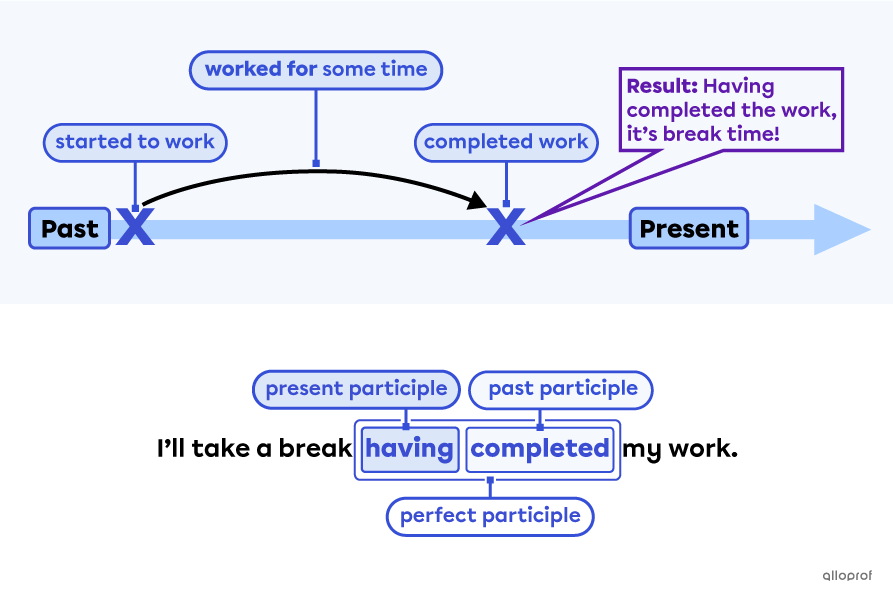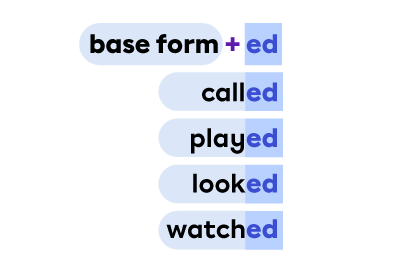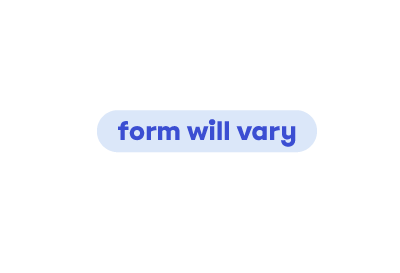A verb is a word that expresses an action or a state of being.
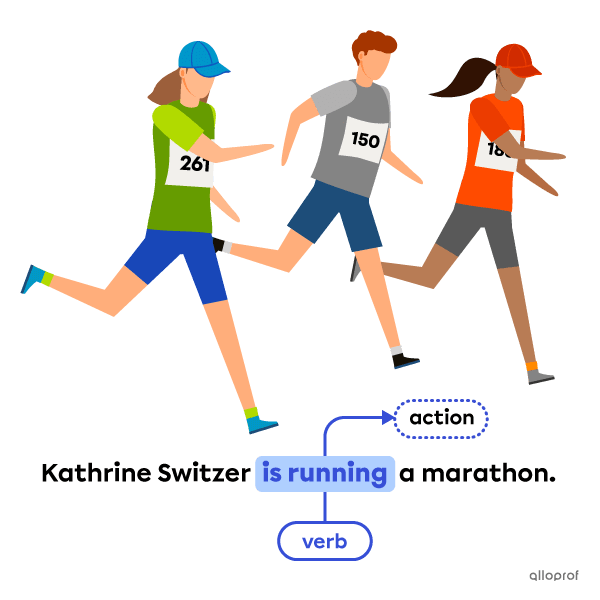
The verb “to run” represents an action.
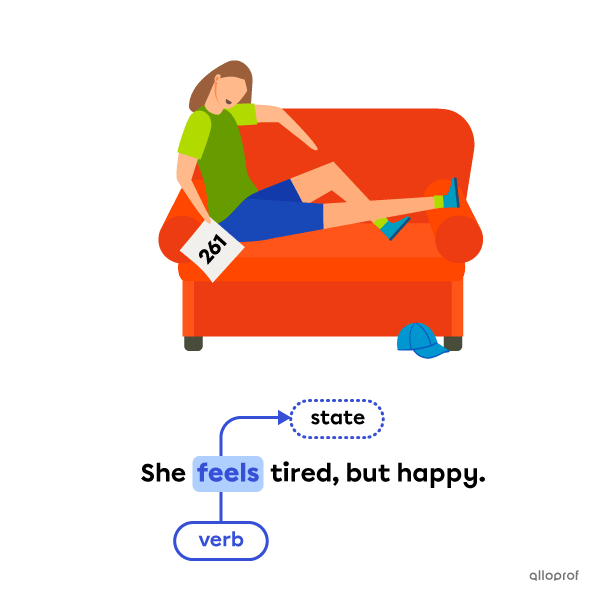
The verb “to feel” represents a state of being.
In a sentence, there is always at least one main verb, and sometimes an auxiliary verb.
The main verb is the most important verb of a sentence. Main verbs can be separated into three categories:
-
action verbs
-
linking verbs
-
stative verbs
Action verbs, also known as dynamic verbs, indicate an action. The action can be physical or mental.
There are thousands of action verbs in the English language. Here are some examples:
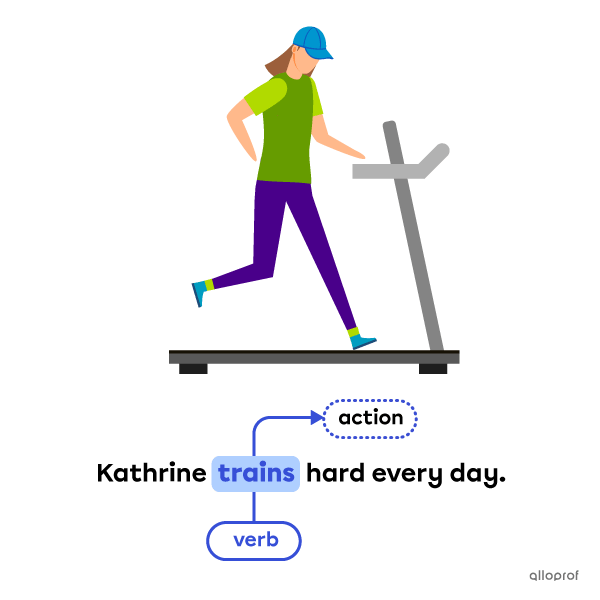
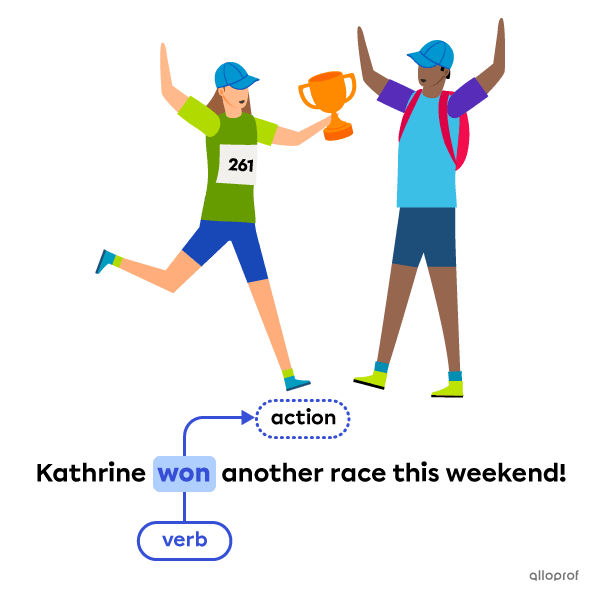
Transitive verbs need a direct object to complete an action. The subject transfers the action on the object.
Transitive verbs answer the questions:
-
Who?
-
What?
Intransitive verbs do not need an object to complete an action.
They can have an object, and when they do, prepositions or adverbs are generally necessary.
Intransitive verbs can answer the questions:
-
When?
-
Where?
-
How?
-
Why?
Transitive Verbs
Intransitive Verbs
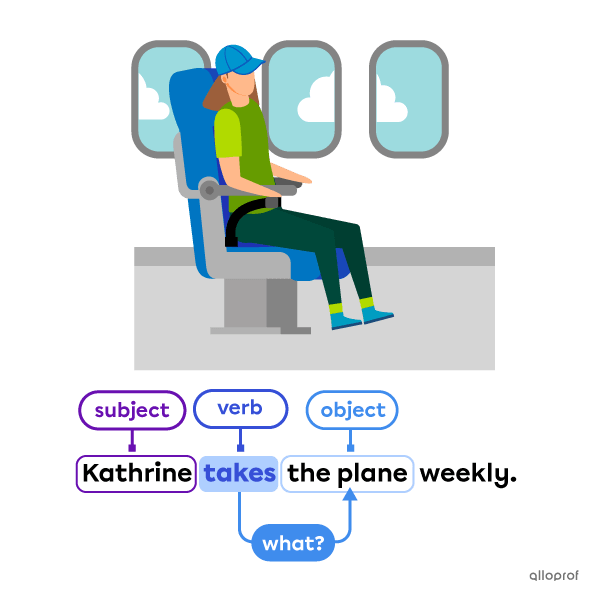
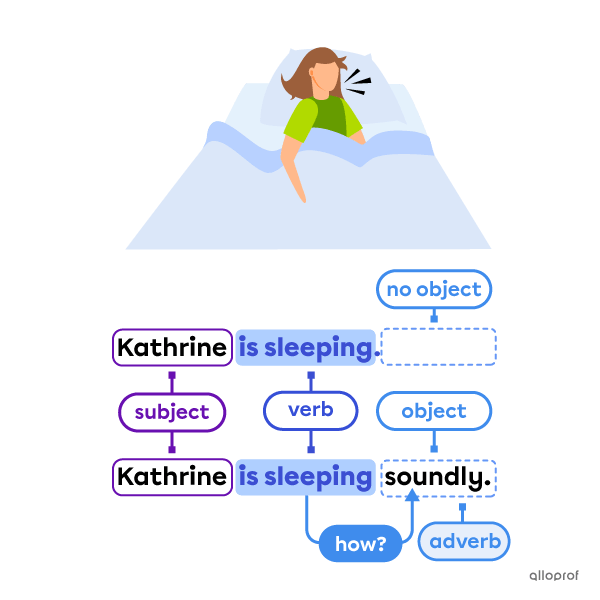
Intransitive verbs do not need an object to complete an action.
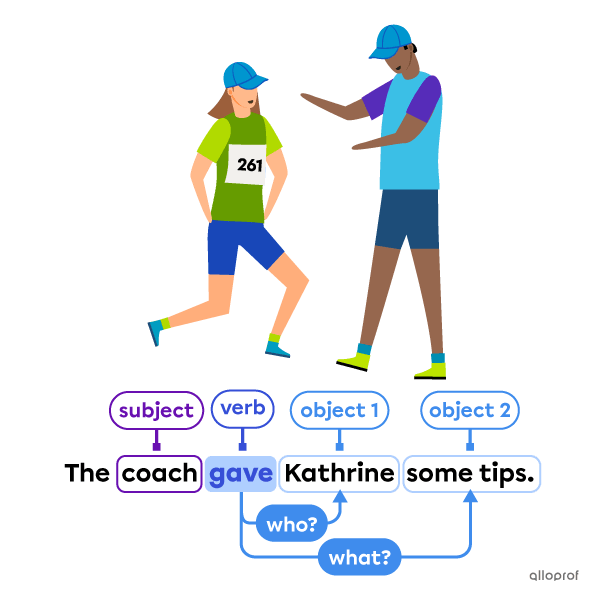
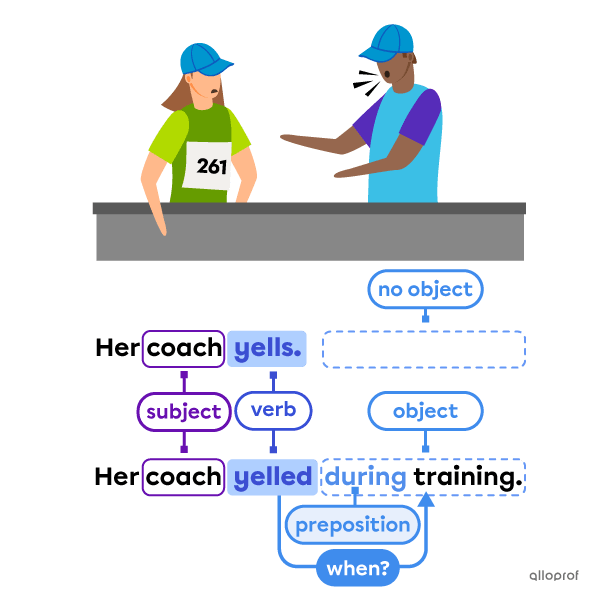
Main verbs are not always action verbs. A linking verb links the subject to a subject complement that describes, renames or identifies the subject. Linking verbs are never action verbs.
Many verbs are used as linking verbs, for example:
| to be | to seem | to become | to feel | to remain |
| to stay | to sound | to taste | to appear | to smell |
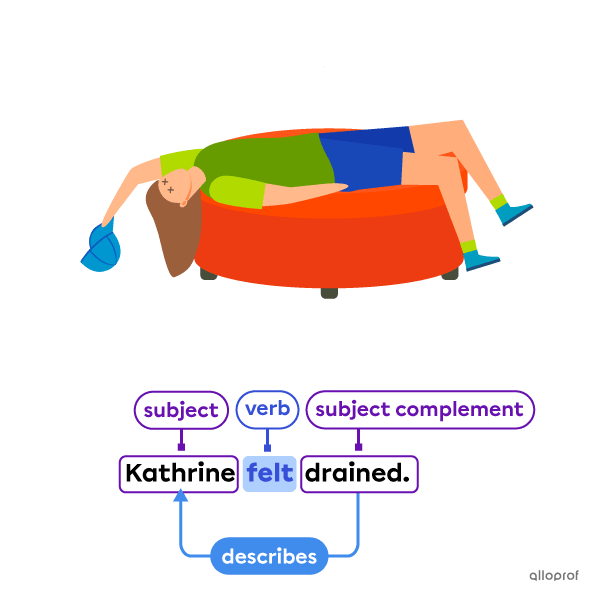
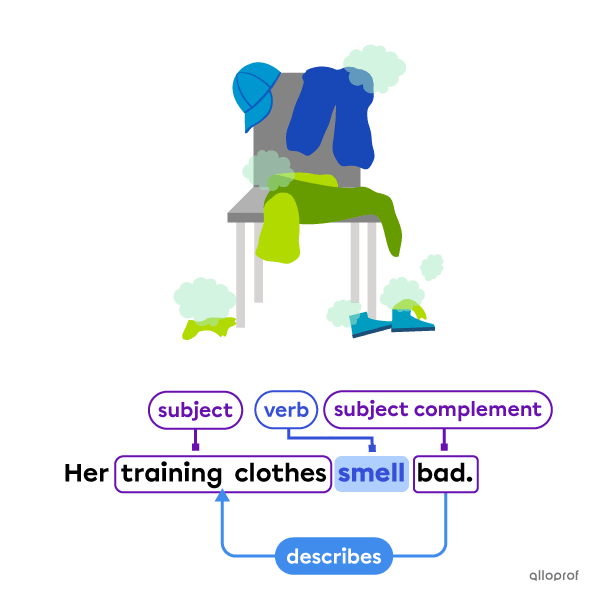
Some main verbs do not always refer to a dynamic action. Stative verbs refer to states of being, emotions, opinions, preferences, or senses.
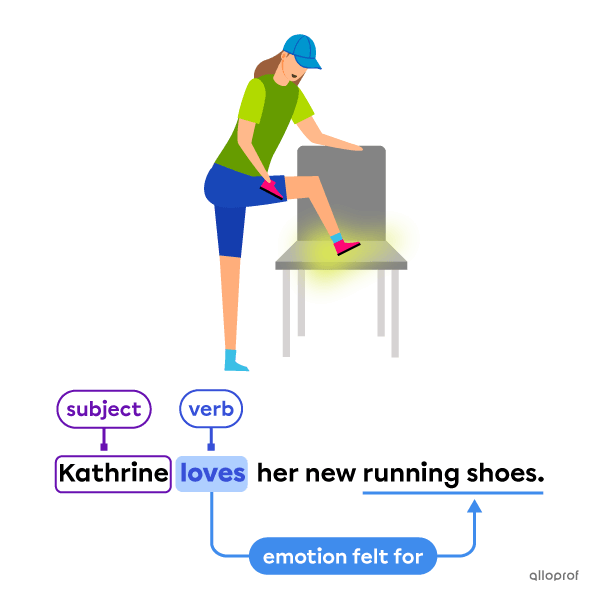
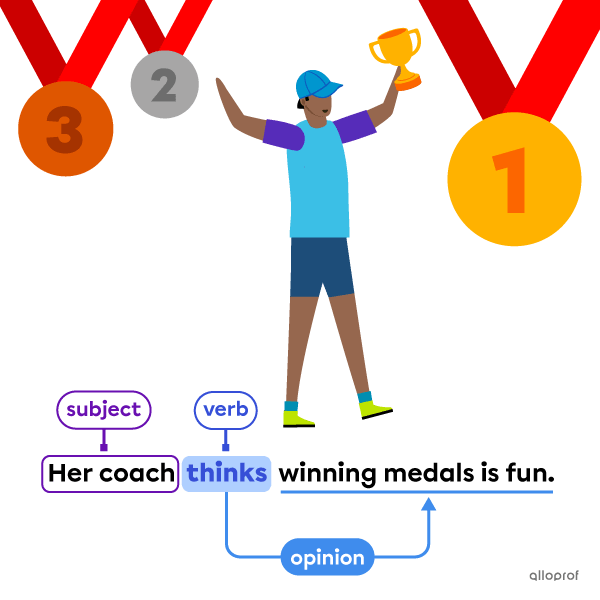
Stative verbs aren’t usually used in continuous tenses since they show the state of the subject.
|
Don't X |
Do ✔ |
| Kathrine is loving running. X Her opinion on running isn’t an ongoing action. |
Kathrine loves running. ✔ Her opinion on running is a fact. |
| She is understanding biomechanics. X Her understanding is not an ongoing action. |
She understands biomechanics. ✔ Her understanding is a fact. |
Some verbs can be both stative and active depending on the situation.
Here are some examples:
To smell
To smell
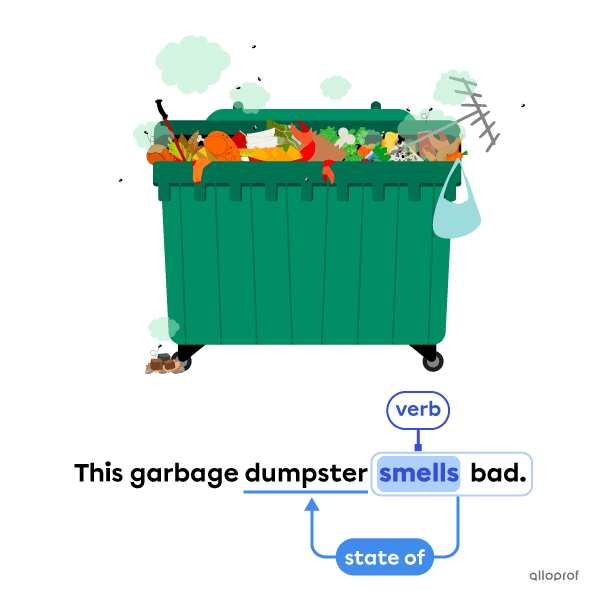
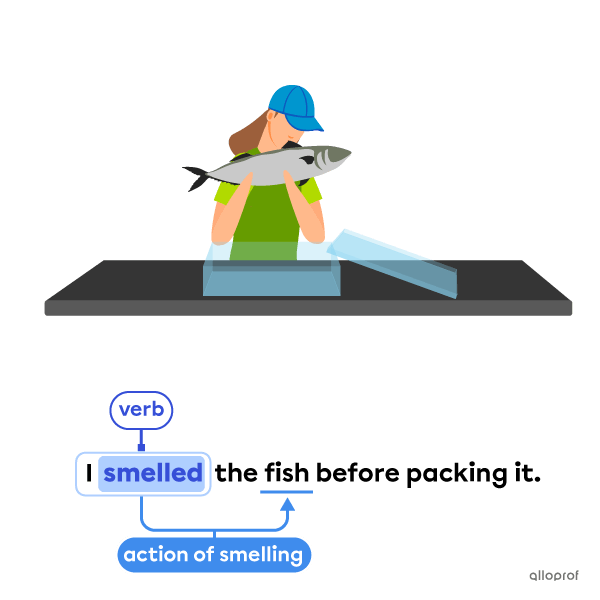
To look
To look
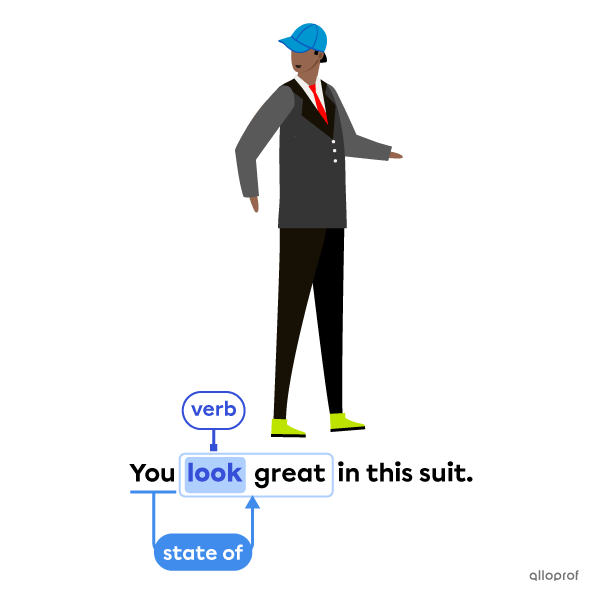
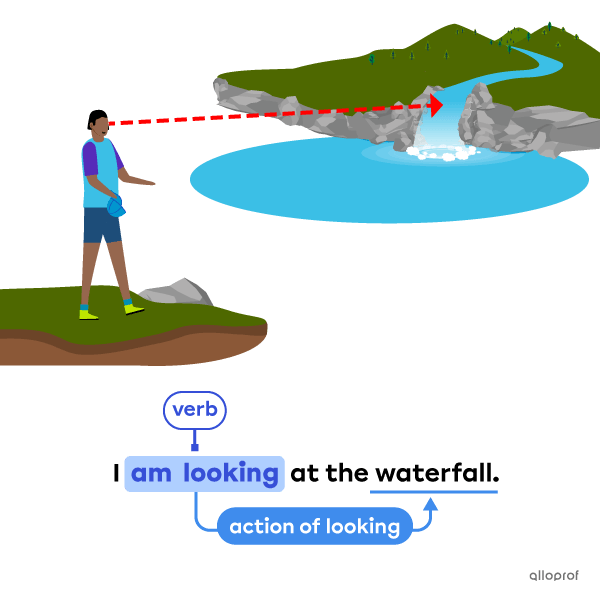
To measure
To measure
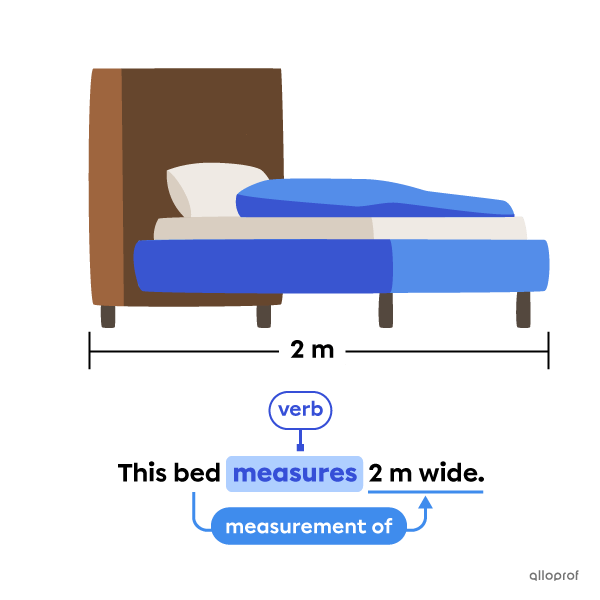
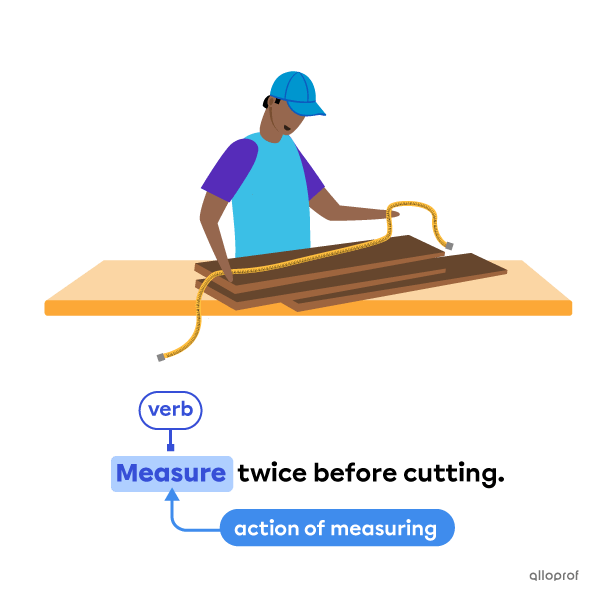
Verb tenses indicate when actions are taking place.
With to Be
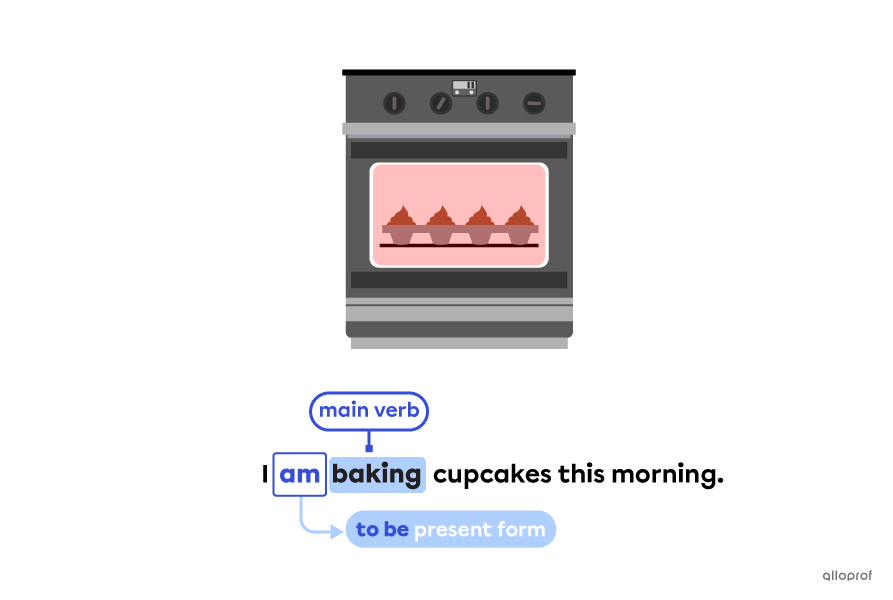
The auxiliary to be helps the main verb to form continuous/progressive tenses.
Past Continuous
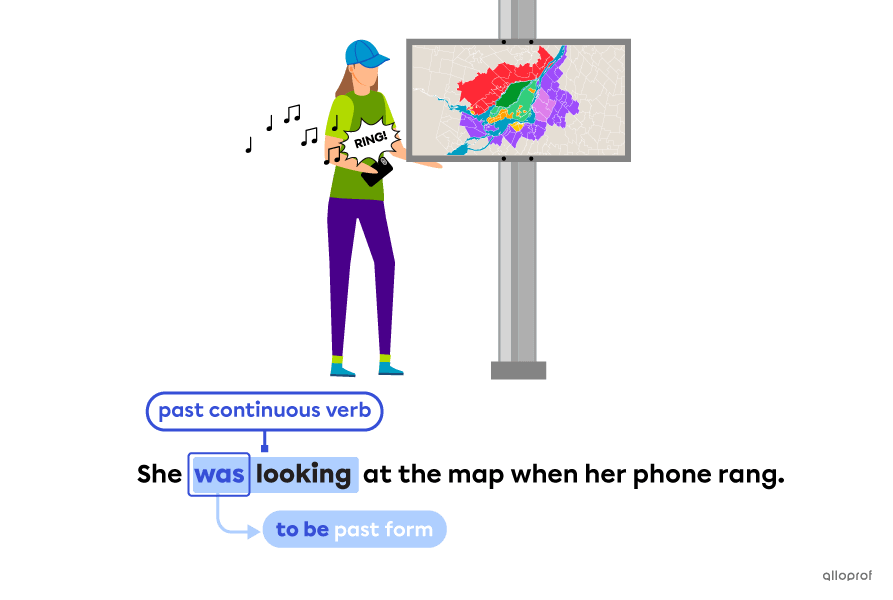
Present Continuous
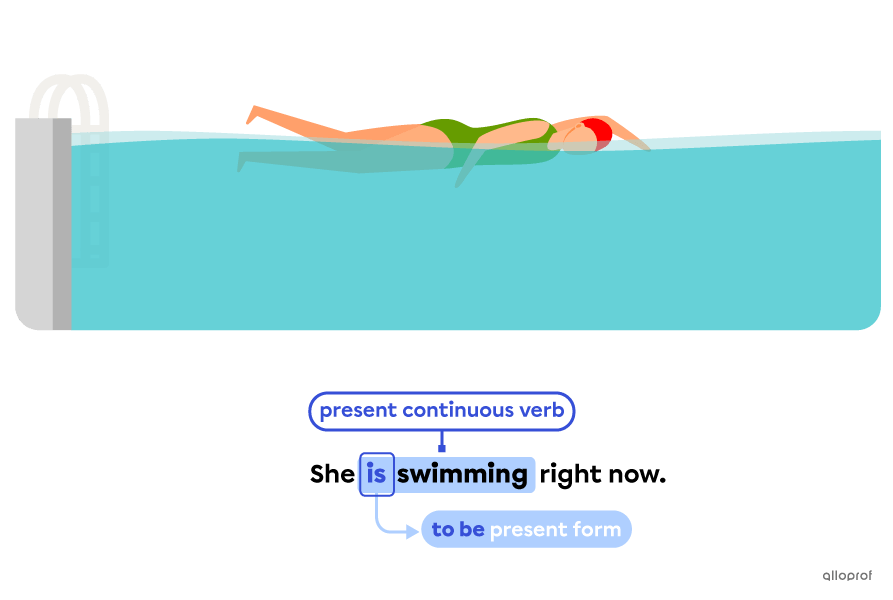
Future Continuous
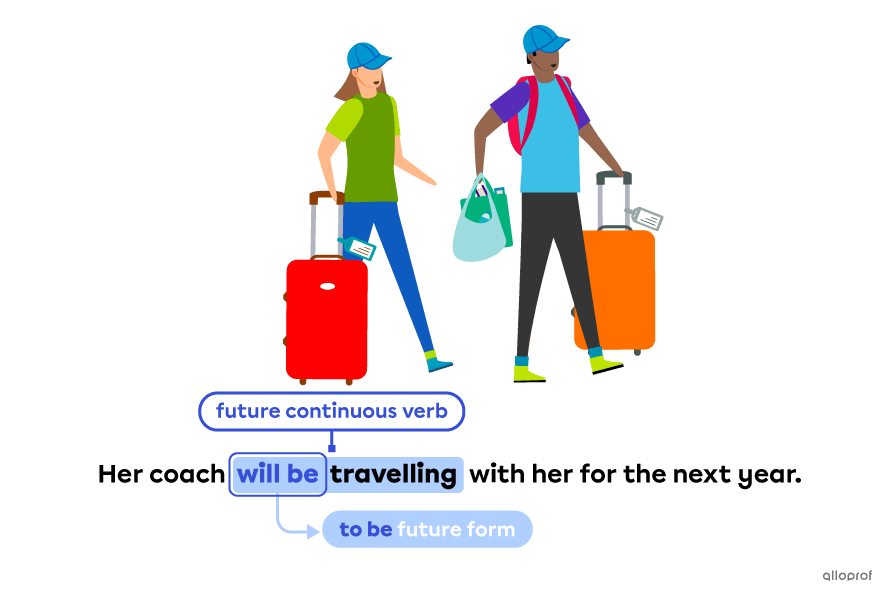
With to Have
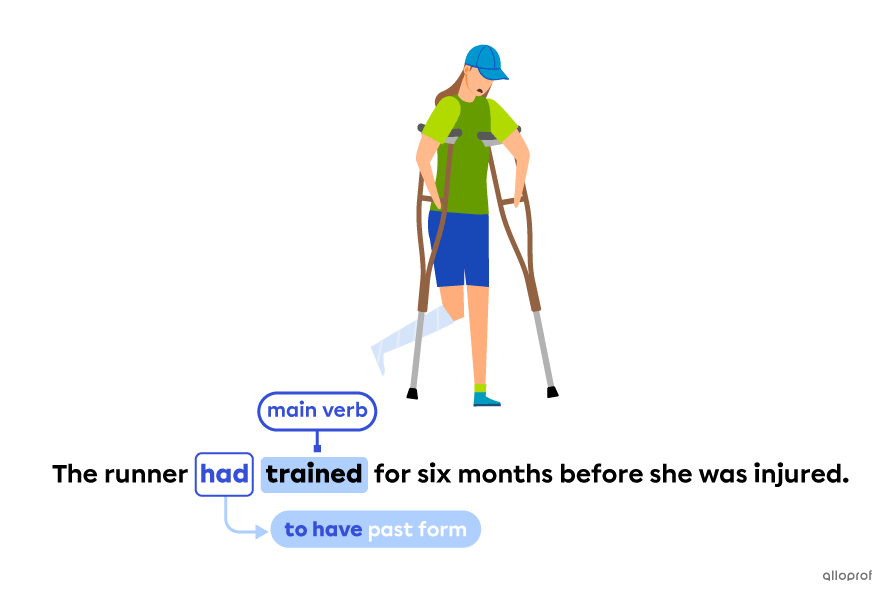
The auxiliary to have helps the main verb to form perfect tenses.
Past Perfect
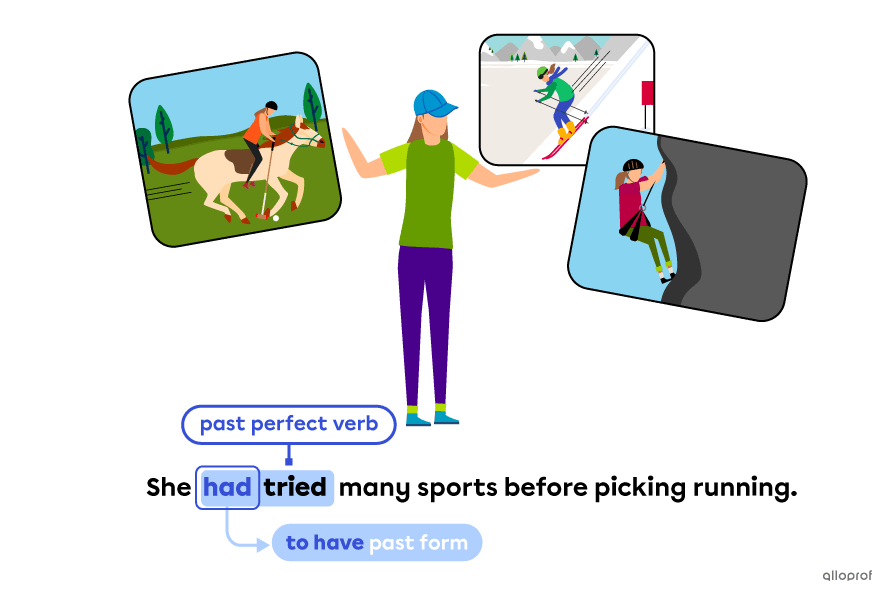
Present Perfect
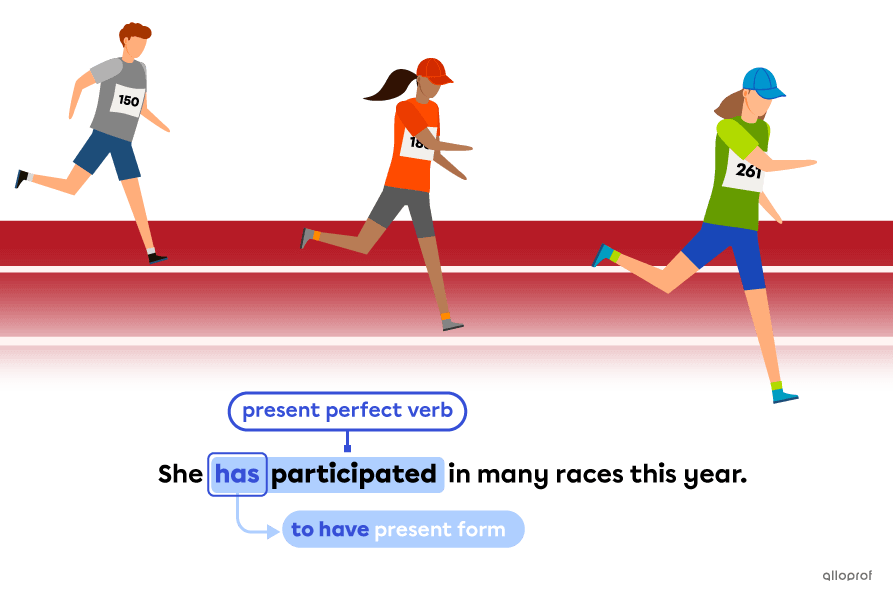
Future Perfect
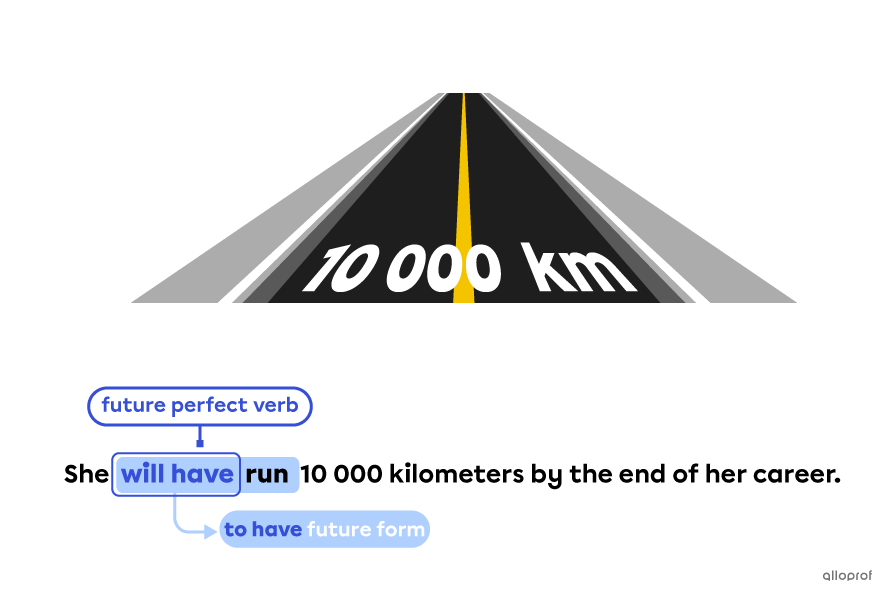
The auxiliary to do is only used with the simple present and the simple past to express:
-
the interrogative mood—questions
-
the negative mood—do not/don’t & did not/didn’t
Negative Mood
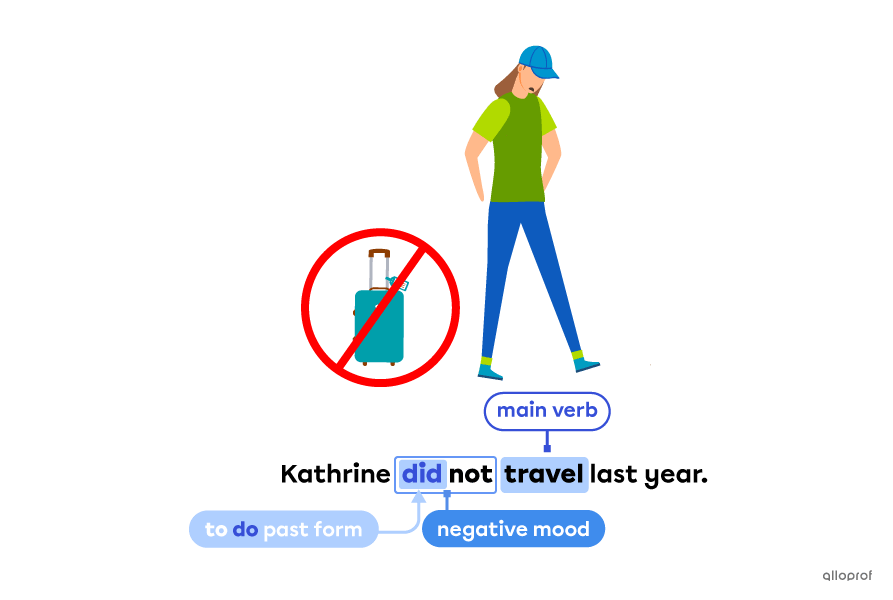
The auxiliary to do helps the main verb to form simple negative tenses.
Negative Simple Past
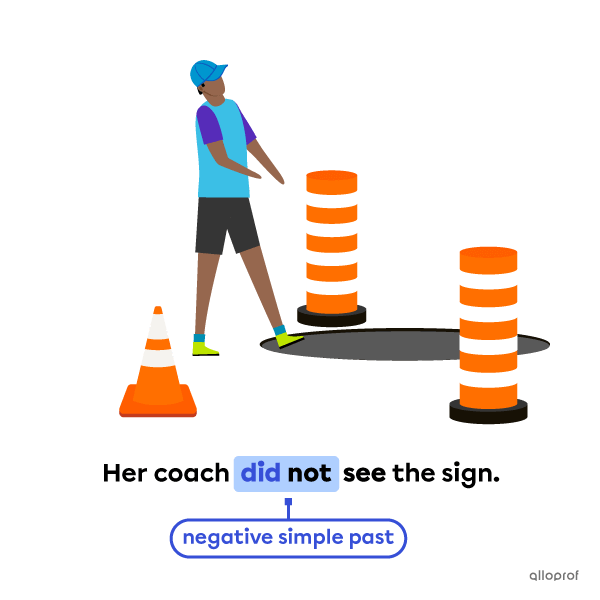
Negative Simple Present
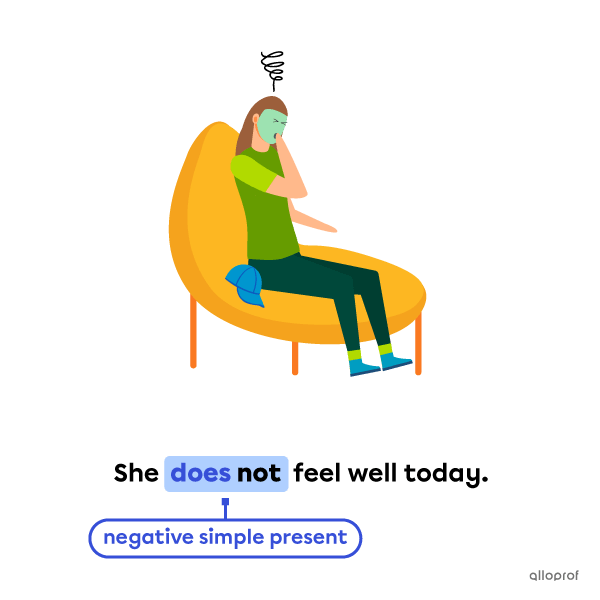
The auxiliary to do can be combined with a main verb to emphasize its meaning.
Here are some examples:
|
Neutral meaning |
Emphasized meaning |
| I like your new suit. | I do like your new suit. |
| He didn’t notice the new car but he noticed the new hairstyle. | He didn’t notice the new car but he did notice the new hairstyle. |
| I did most of the work by myself. | I did do most of the work by myself. |
Verb moods indicate the attitude of the speaker.
Interrogative Mood
To Be
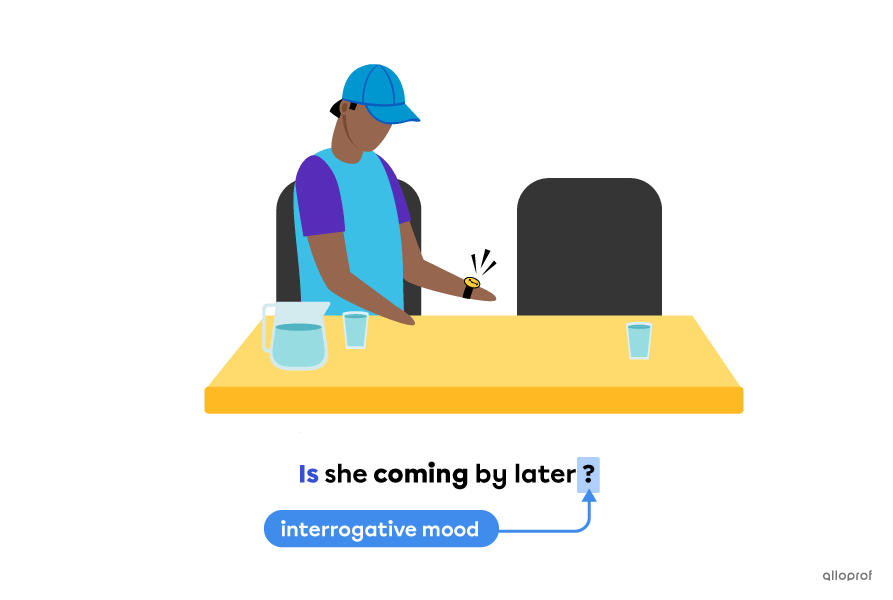
To Have
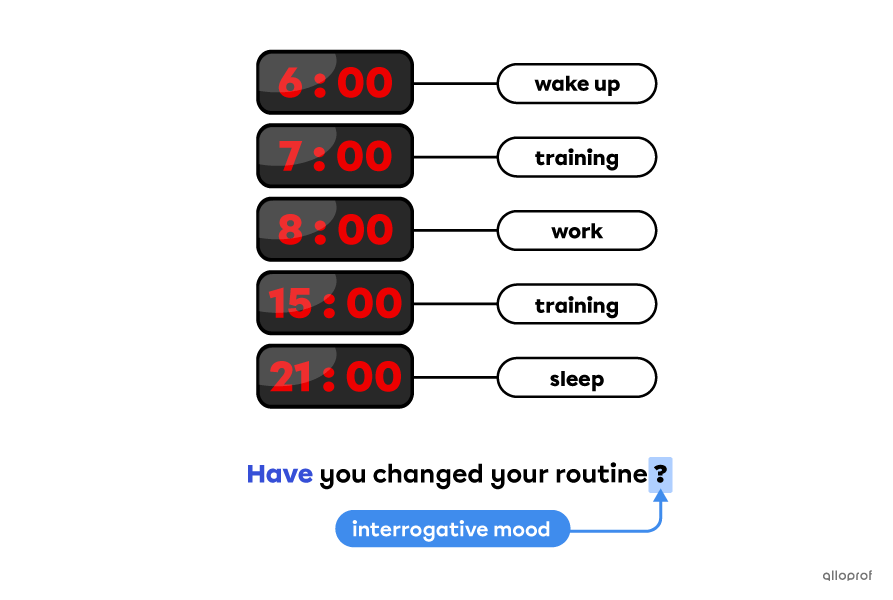
To Do
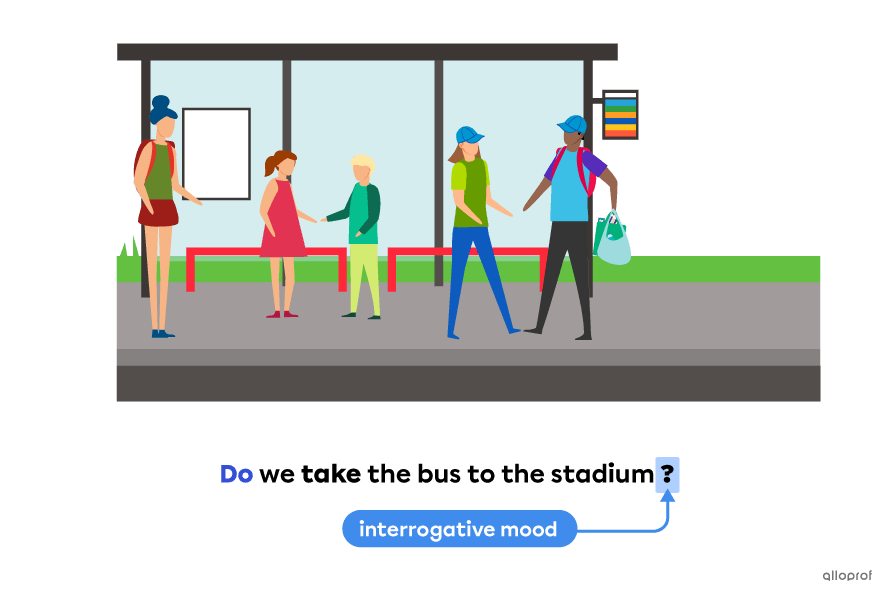
Imperative Mood
Auxiliary verbs are only used in the imperative mood to give negative orders.
In this case, we use don’t.
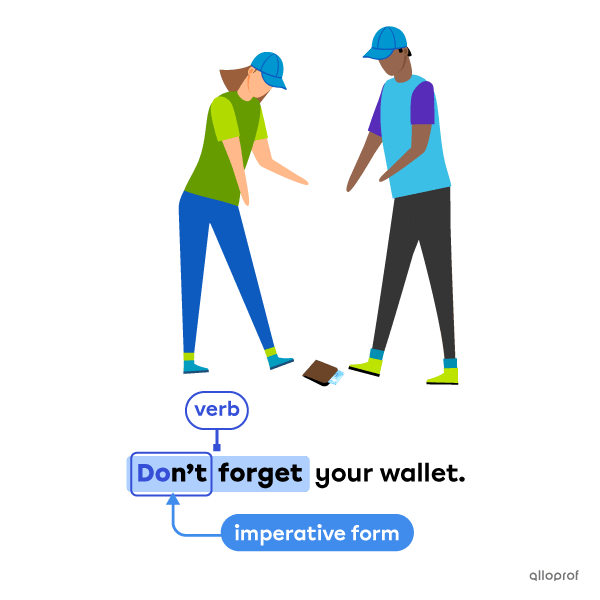
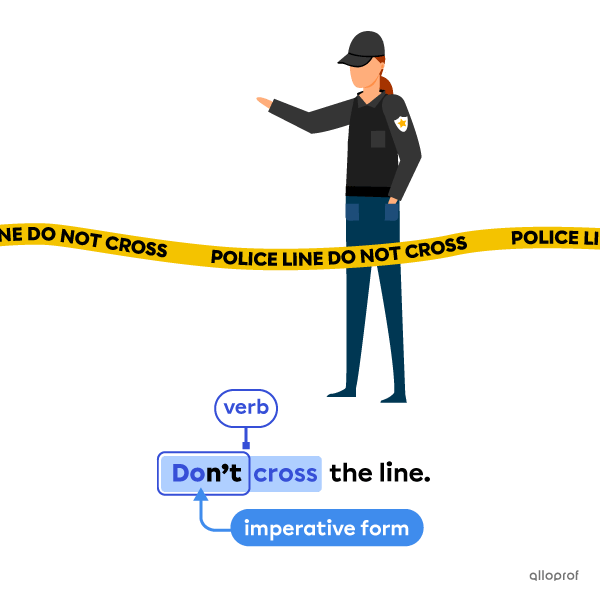
Verb voice indicates when actions are performed by the subject or happening to the subject.

The auxiliary to be helps the main verb to form the passive voice.
Passive voice means the subject receives the action of the verb instead of transferring it.
Past

Present
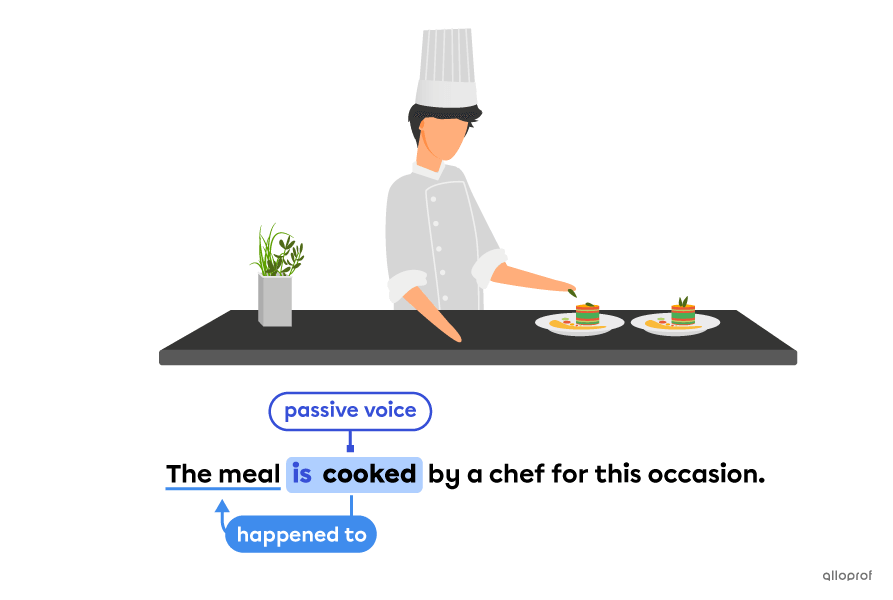
Future
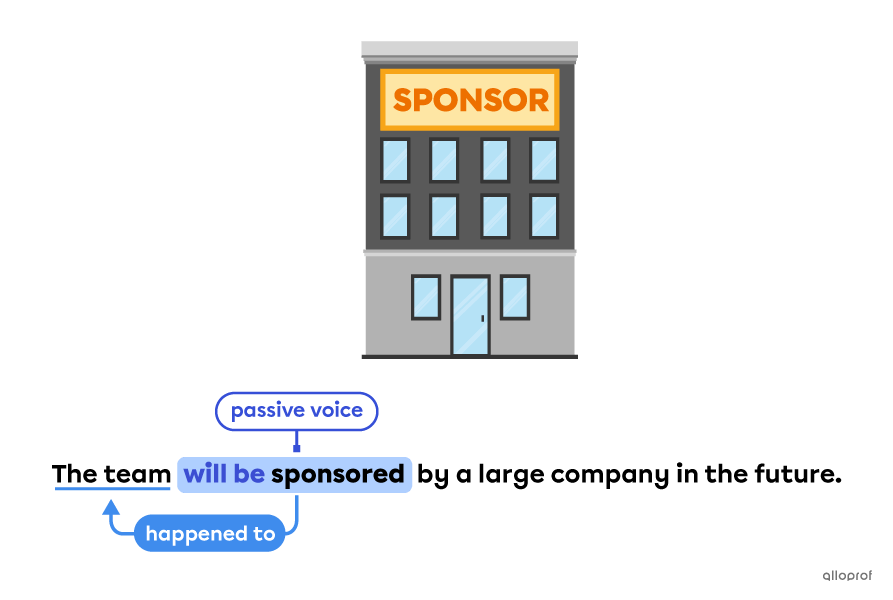
Modals are also a type of auxiliary verbs or helping verbs.
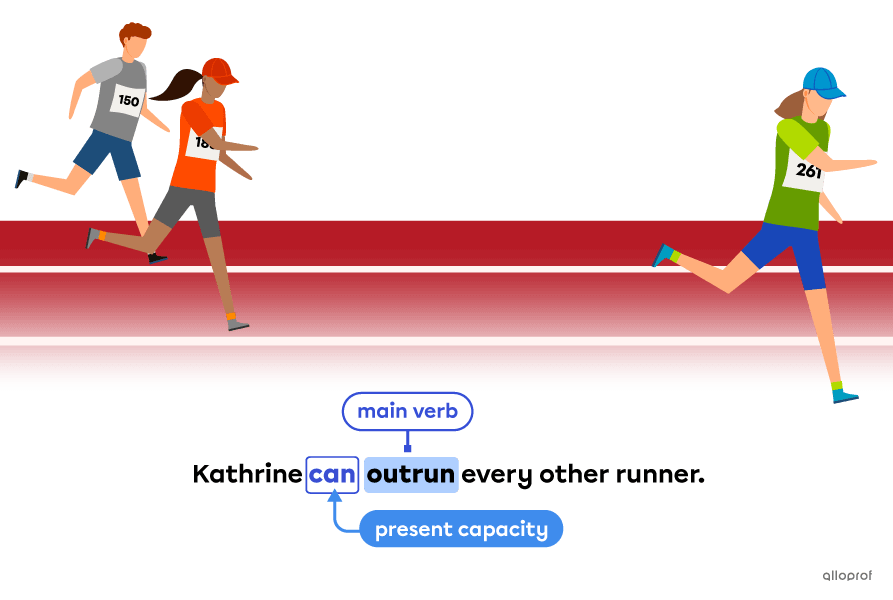
The modal verb “can” acts as a helping verb to understand Kathrine’s ability to “outrun” others.
There are many types of modals, here are some examples:
Advice
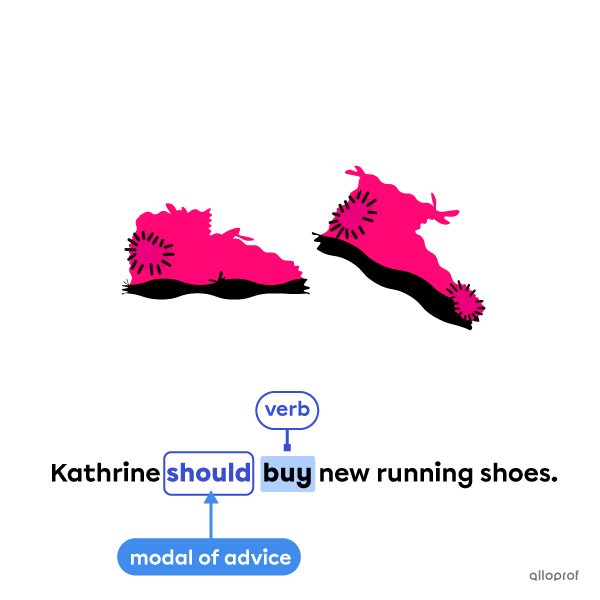
Possibility
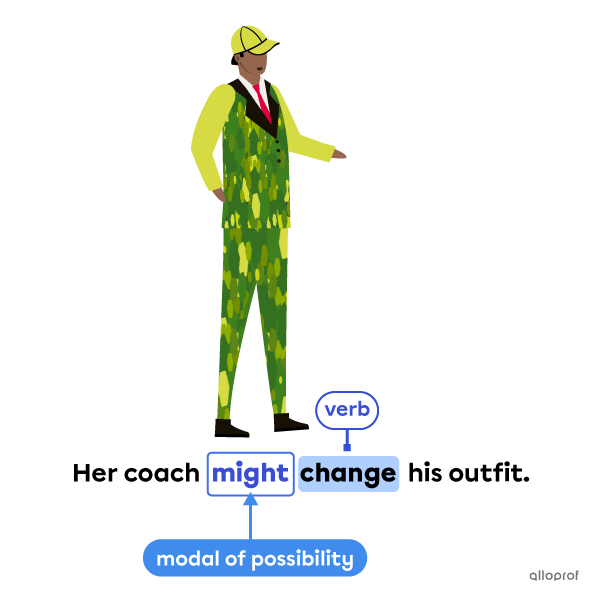
The base form of a verb is its simplest form without a prefix or suffix.
It is sometimes referred to as the infinitive form without “to”.
It stands alone without any subjects or subject pronouns.
|
Base Form |
Infinitive Form |
| write | to write |
| bake | to bake |
A participle is a verb form that can take the role of an adjective or a verb.
There are 2 types of participles:
|
Present Participle |
Past Participle |
||
Uses:
|
Uses:
|
||
Form: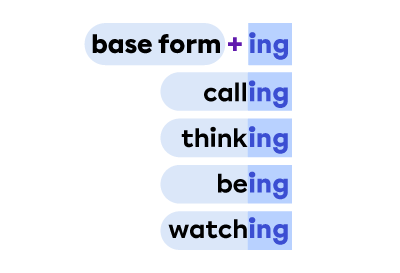 |
Regular verb form:
|
Irregular verb form:
|
|
|
Base form |
Present participle |
Past participle |
| call | calling | called |
| watch | watching | watched |
| think | thinking | thought |
| be | being | been |
As an adjective
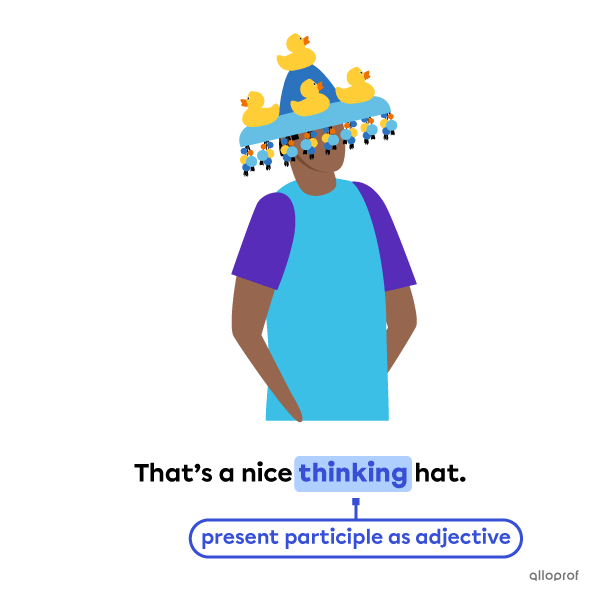
With a continuous verb tense
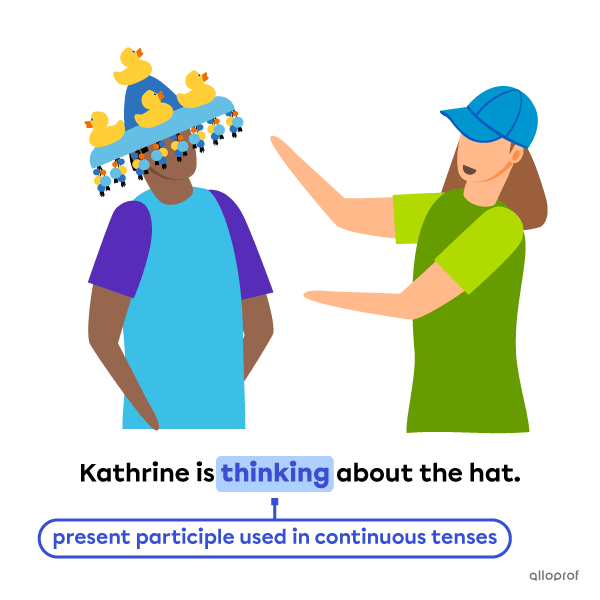
As an adjective
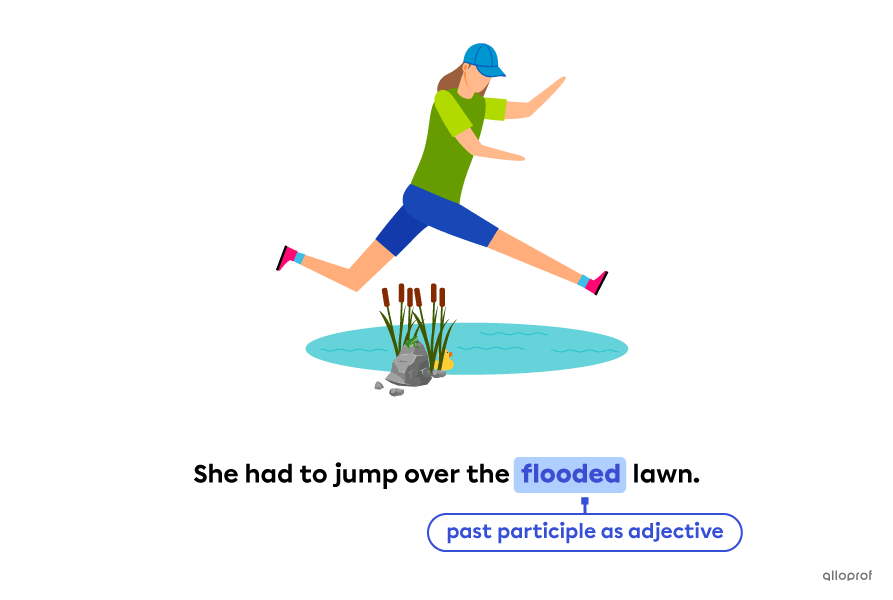
In the perfect verb tense:
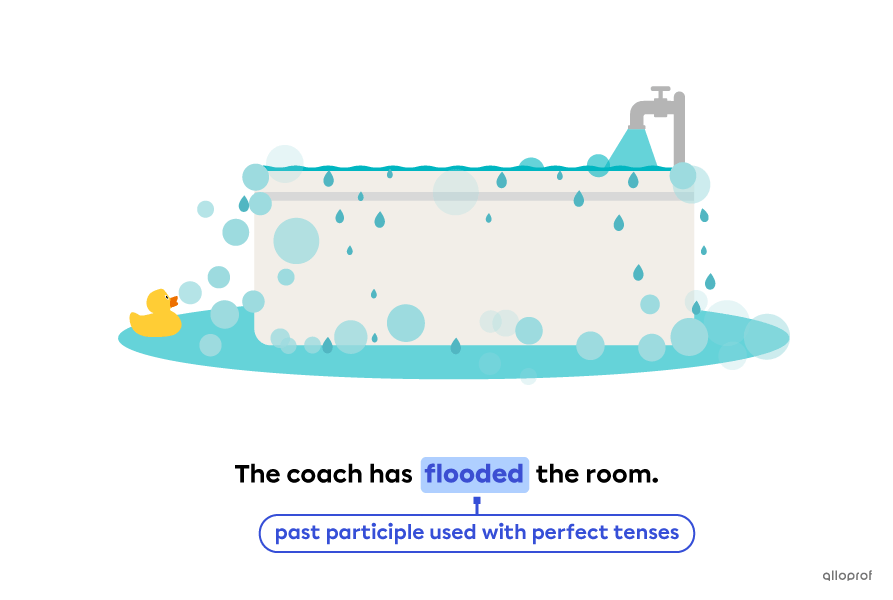
In the passive voice:
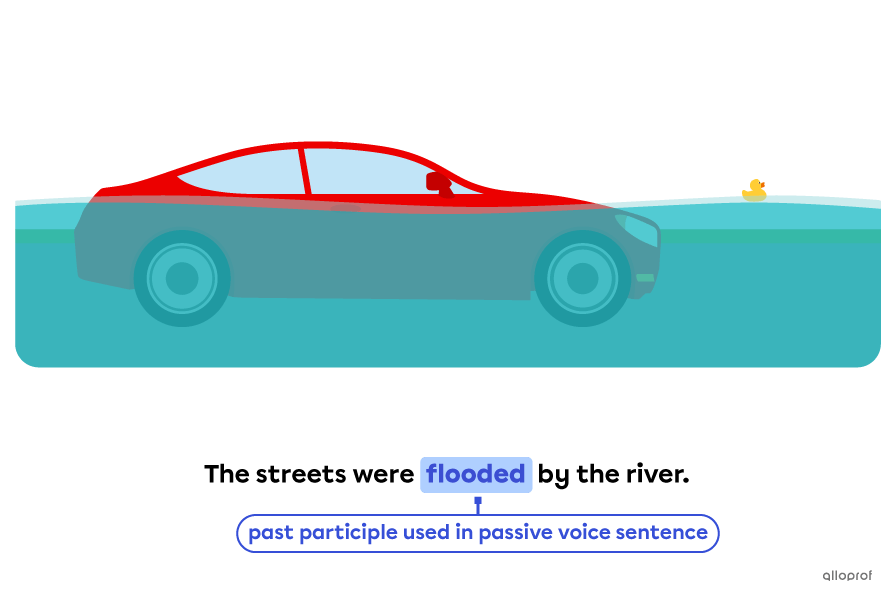
The perfect participle combines having, a present participle, with a past participle.
Perfect participle uses:
-
actions completed in the past
-
forms an active sentence with a past participle
-
expresses time passed between 2 actions
